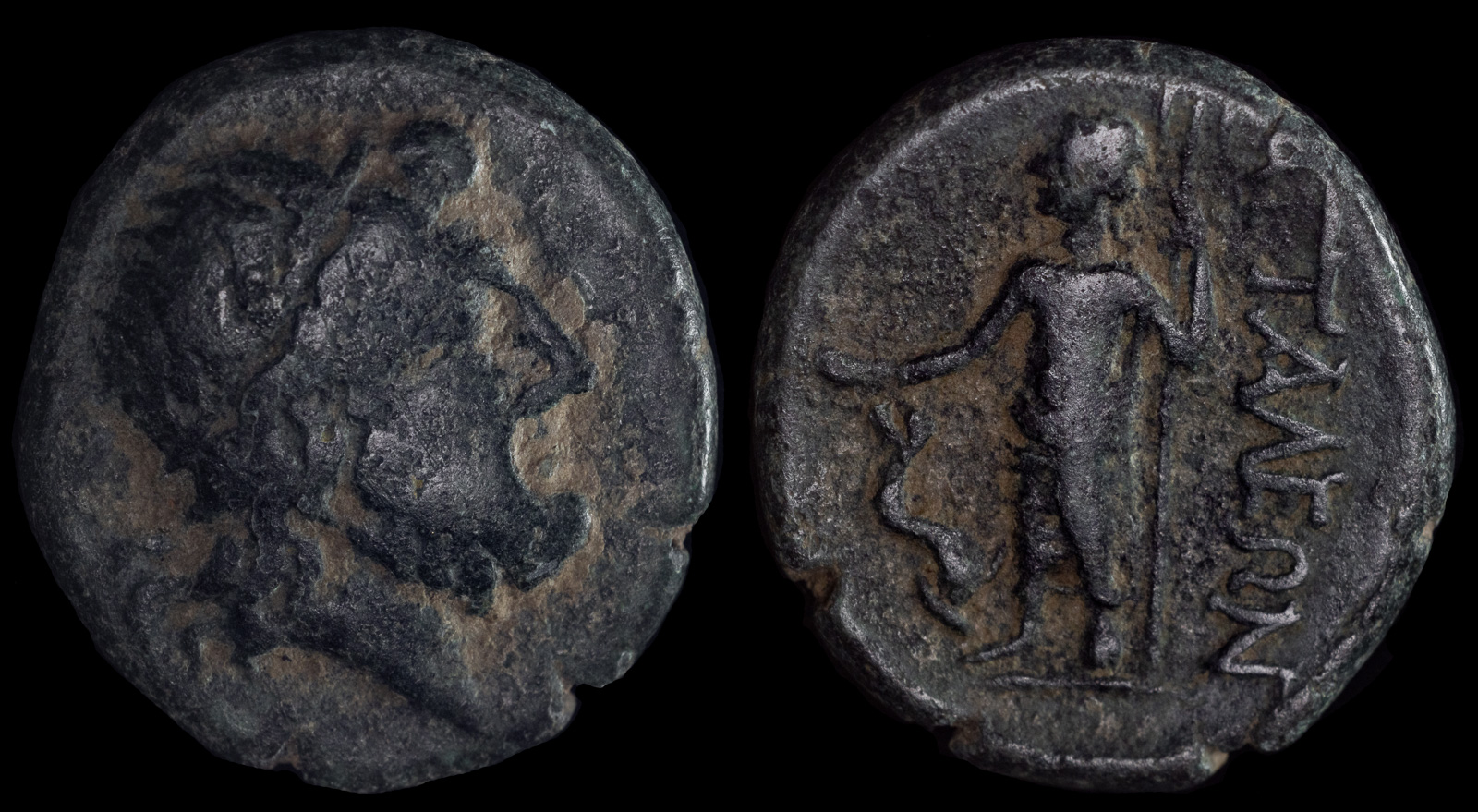Trident
View All Tags
The trident also had deep mythological significance beyond its association with Poseidon. It symbolized power and dominance over the natural world, particularly in relation to water, which was considered a vital force in ancient Greek life. The Greeks believed that the trident was capable of both creating and calming the chaotic forces of the sea, thus it came to embody the duality of order and disorder. In many depictions, Poseidon is shown wielding the trident as a symbol of his ability to control the most unpredictable and destructive force of nature.
In addition to its association with Poseidon, the trident also had connections to other mythological figures. For example, the trident was sometimes used by the giants or titans in Greek mythology, who represented forces of chaos and rebellion. The trident, in this sense, was a weapon of immense power, capable of defying gods and bringing disorder to the world. The trident’s symbolism of rule and authority extended into the iconography of rulers, where the weapon was sometimes depicted as a symbol of kingship or sovereignty, much like the scepter or the staff of power in other cultures.
The trident was also linked to the idea of unity and strength. Its three prongs represented the intersection of different domains, from the land to the sea, highlighting the interconnectedness of the natural world.
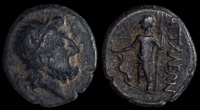
Attaleia, Pamphylia 159-100 BCE
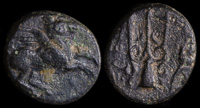
Corinth ca 300 BCE
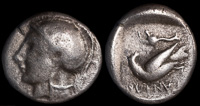
Itanos, Crete 320-280 BCE
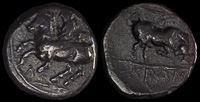
Krannon, Thessaly 300 BCE
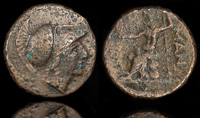
Mantineia, Arkadia 370-240 BCE
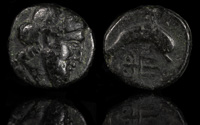
Mylasa 4th Century BCE
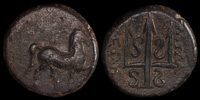
Mylasa, Caria 300-100 BCE
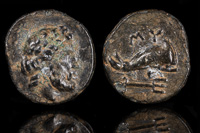
Mylasa, Ionia 4th Century BCE
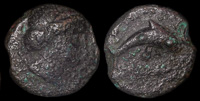
Nisyros, Islands off Caria 4th-3rd cent BCE
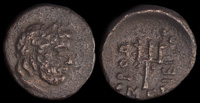
Orthosia, Karia ca 2nd century BCE
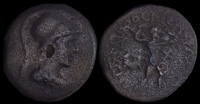
Patrai, Achaia 45-40 BCE
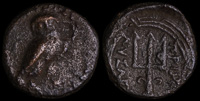
Priene 290-240 BCE

Prusa ad Olympum, Bithynia 251-253 CE
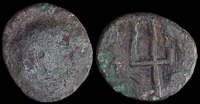
Tenos, Cyclades 200-188 BCE
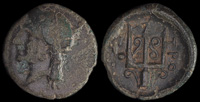
Troizen, Argolis 330-300 BCE
